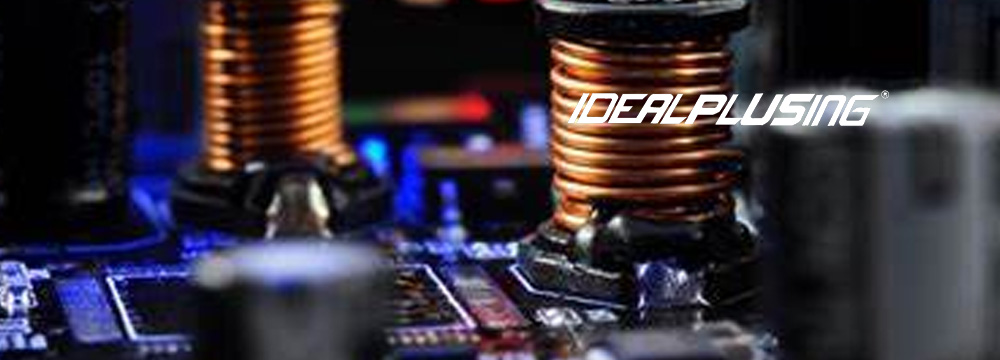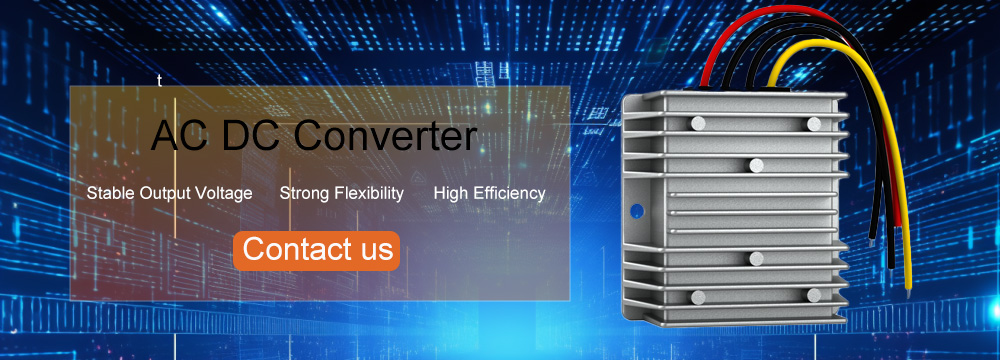In the field of electronic power, AC/DC converter, as an important power conversion device, plays a key role in converting AC to DC.
Its working principle involves two core processes: rectification and active inversion, which not only concerns the effective conversion of electric energy, but also directly affects the size, efficiency and electromagnetic compatibility of the equipment.
This article aims to explore in depth the working principle of AC/DC converter, the challenges it faces, and the essential differences between AC and DC.

Working principle of AC/DC converter
In short, AC/DC converter is a device that converts AC to DC. This conversion process is not unidirectional, but has the characteristics of bidirectional power flow.
When power flows from the power source to the load, the process is called "rectification". On the contrary, when power returns from the load to the power source, it is called "active inversion". These two processes together constitute the basic working mechanism of AC/DC converter.
In practical applications, AC/DC converters face a series of technical challenges. First, since the input is 50/60Hz AC, it must be rectified and filtered.
This requires that the converter must be equipped with a relatively large filter capacitor to ensure the stable output of current. At the same time, in order to meet the directive restrictions of safety standards (such as UL, CCEE, etc.) and electromagnetic compatibility (EMC), EMC filters must be installed on the AC input end, and components that meet safety standards must be used. T
hese factors undoubtedly limit the miniaturization process of AC/DC power supplies.
In addition, the high-frequency, high-voltage, and high-current switching actions inside the AC/DC converter not only increase the difficulty of solving electromagnetic compatibility problems, but also put forward higher requirements for the internal high-density installation circuit design.
Due to the existence of high-voltage and high-current switches, the power supply consumes a lot of energy during operation, which further limits the modularization process of AC/DC converters. Therefore, adopting power system optimization design methods to improve work efficiency has become an important direction for the research and development of AC/DC converters.
AC/DC power module is a device used to convert AC power into DC power and is widely used in various electronic devices.
Among them, work efficiency is one of the key indicators for evaluating the performance of AC/DC power modules. The following will explain the characteristics of work efficiency to help readers better understand the working principle and performance of AC/DC power modules.
Characteristics of AC/DC power module work efficiency
1. High efficiency
One of the biggest advantages of AC/DC power modules is high efficiency. Generally speaking, its conversion efficiency can reach more than 90%, and some can even reach more than 95%.
This means that with the same input power, the output power can be greater, while also reducing energy consumption and heat generation, thereby improving the reliability and service life of the power supply.
2. Stability
The working efficiency of the AC/DC power module is not only high, but also very stable. This is because it uses advanced control technology that can automatically adjust the output of voltage and current to maintain stable voltage and current output under different loads. This stability can effectively protect the stability and safety of the powered equipment.
3. Versatility
The AC/DC power module is also versatile. It can adjust the output voltage and current according to different requirements and load requirements.
At the same time, it can also provide multiple protection functions such as overload protection, short circuit protection, over-temperature protection, etc. to ensure the safety and reliability of the power supply and the powered equipment.
4. Energy saving
Due to the high efficiency of the AC/DC power module, it can help users save energy and reduce electricity bills. In large-scale applications, this is very important for both businesses and consumers.







